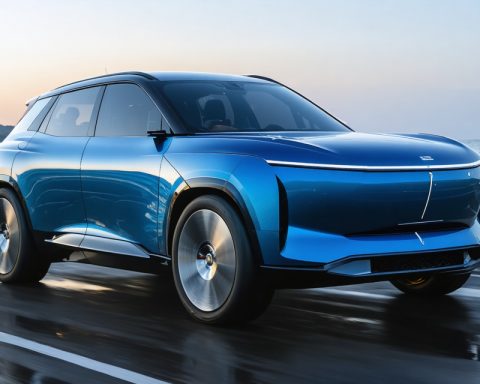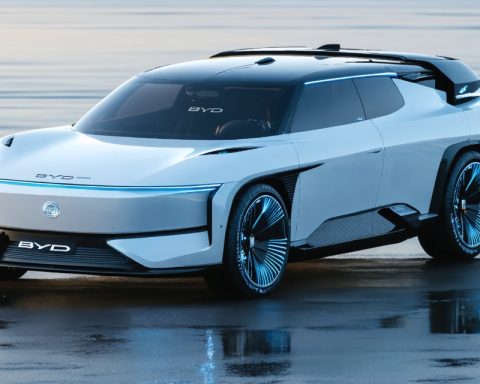Efforts to establish a hydrogen hub spanning western Pennsylvania, Ohio, and West Virginia are encountering obstacles, with numerous projects being discontinued and several partners withdrawing.
Significant changes in the Appalachian Regional Clean Hydrogen Hub (ARCH2) are driven by doubts about the viability of the market and the application of federal tax incentives, according to findings from the Ohio River Valley Institute. The think tank has argued that the initiative might yield limited economic and environmental gains despite its potentially high cost, drawing on up to $925 million in federal funds.
ARCH2 is part of a nationwide effort initiated by the Biden administration to create regional centers for hydrogen production and distribution, backed by a pledge of $7 billion in funding. The initiative aims to foster job creation and carbon emission reductions through collaborations among various companies.
While some hubs focus on generating green hydrogen through renewable sources, ARCH2 intends to produce blue hydrogen derived from natural gas, a fossil fuel prevalent in the region. This method has been criticized for contributing to the climate crisis due to associated carbon emissions.
Recent developments report that five out of the 15 envisioned projects have been canceled. Developers cite uncertainties regarding tax credits and market demand as primary reasons for disruption.
The U.S. Department of Energy emphasizes its commitment to supporting clean hydrogen projects by maintaining flexibility in its program to accommodate evolving challenges. Despite setbacks, development of hydrogen infrastructure persists, with important tax credit decisions anticipated by late 2024.
The Ripple Effect of Hydrogen Hub Projects on Local Communities and Economies
The recent developments surrounding the Appalachian Regional Clean Hydrogen Hub (ARCH2) highlight a significant shift in energy infrastructure initiatives and their influence on communities, economies, and national energy policies. As some of these projects encounter hurdles, it’s essential to explore how such changes impact various stakeholders.
The Role of Hydrogen Hubs in Energy Transition
Hydrogen hubs are central components of the transition towards clean energy, designed to reduce dependence on fossil fuels and lower carbon emissions. These projects aim to create networks where hydrogen is produced, stored, and distributed efficiently. In theory, they promise economic revitalization through job creation and sustainable industrial activities.
Community Impact: Promises and Challenges
The ARCH2 project initially brought high hopes to the Appalachian region, historically reliant on coal and natural gas. For communities here, hydrogen hubs offered a new frontier for economic development. They held the promise of bringing in skilled jobs, fostering local technological advancements, and attracting businesses centered on sustainability.
However, the cancellation of some projects under ARCH2 reflects the challenges communities face. Many locals wonder about the reliability of new energy promises, especially when such projects falter due to financial and regulatory uncertainties. The promise of jobs and economic growth remains tantalizing but elusive, leaving residents in limbo.
Economic Implications: Uncertain Markets and Investments
With billions in federal support earmarked for hydrogen projects, these hubs were expected to attract substantial private investment. Yet, the ambiguity surrounding the market demand for hydrogen and the structuring of federal tax incentives has led to significant wavering among investors. This uncertainty could deter future investments in the sector, slowing down the transition to clean energy infrastructures.
Economic analysts note that the cancellation of projects may also drive up costs for remaining initiatives, as economies of scale initially envisioned become harder to achieve. Such a scenario can weaken the attractiveness of hydrogen as a competitive energy source.
Environmental Controversies: Green vs. Blue Hydrogen
The choice between green and blue hydrogen production remains a divisive issue. Green hydrogen, produced through electrolysis powered by renewable energy, offers a carbon-neutral solution. In contrast, blue hydrogen, which ARCH2 aims to generate, is derived from natural gas—a process still associated with significant carbon emissions.
Critics argue that investing in blue hydrogen could lock regions into continued fossil fuel reliance, countering the broader goals of reducing greenhouse gases and addressing climate change. The environmental integrity of such projects is, therefore, a core point of contention among policymakers and environmentalists.
The Path Forward
While the ARCH2 experience signals caution, it also underscores the need for a balanced and pragmatic approach to energy transition. As the U.S. Department of Energy navigates upcoming tax credit decisions, maintaining transparency and flexibility will be crucial. Aligning federal and state policies, addressing market uncertainties, and fostering public trust will be key to ensuring the success and sustainability of future hydrogen endeavors.
For more information on energy and environmental initiatives, visit U.S. Department of Energy and U.S. Environmental Protection Agency.














